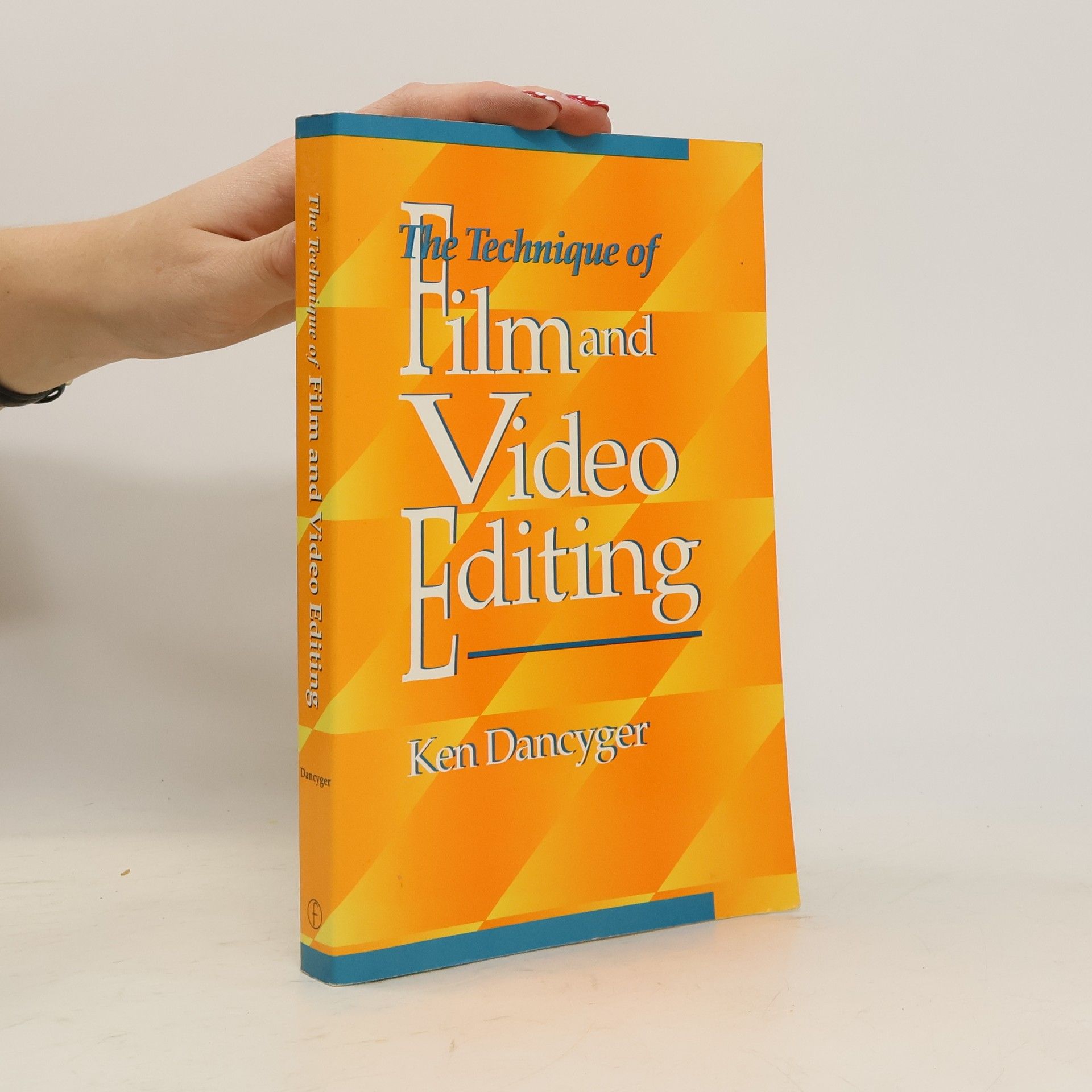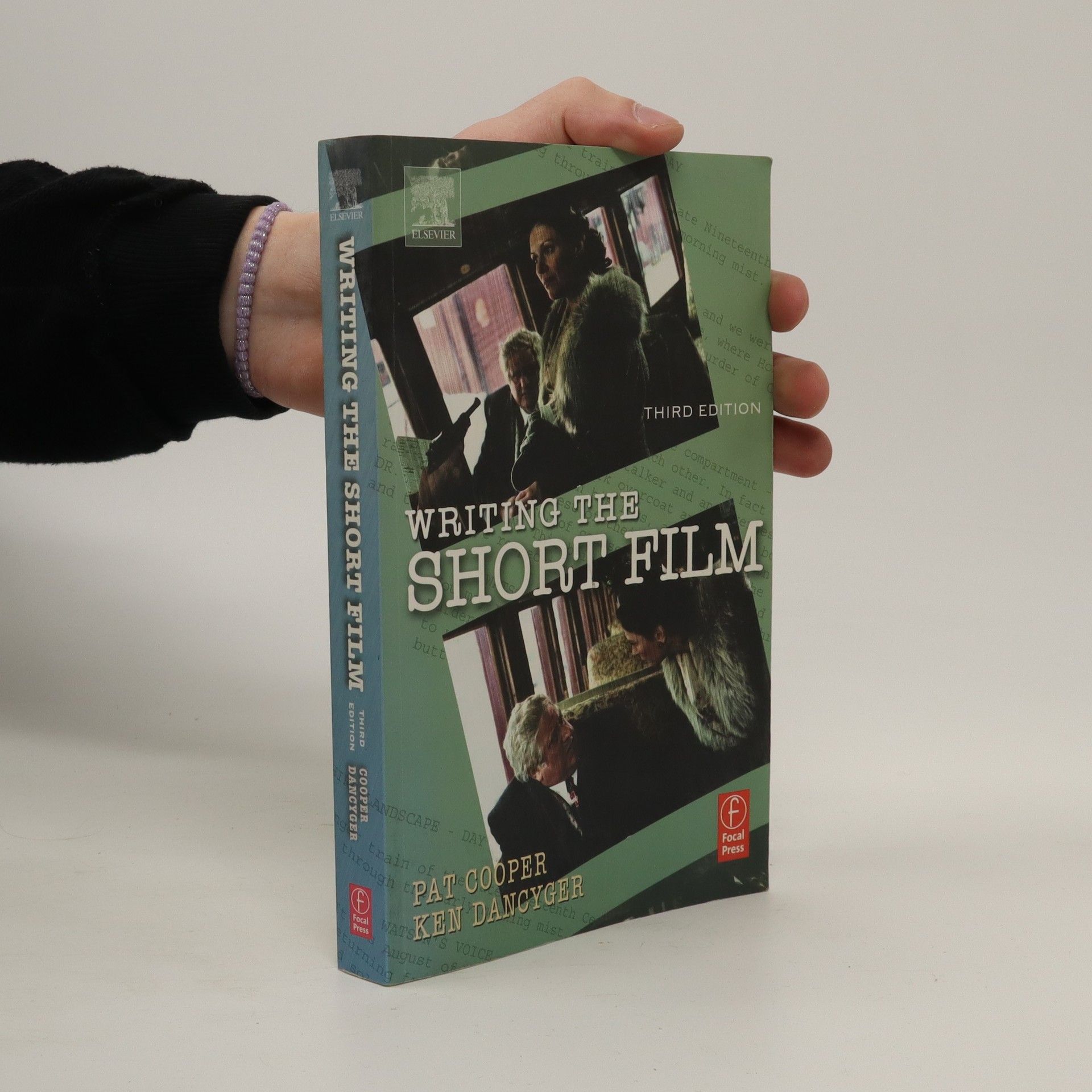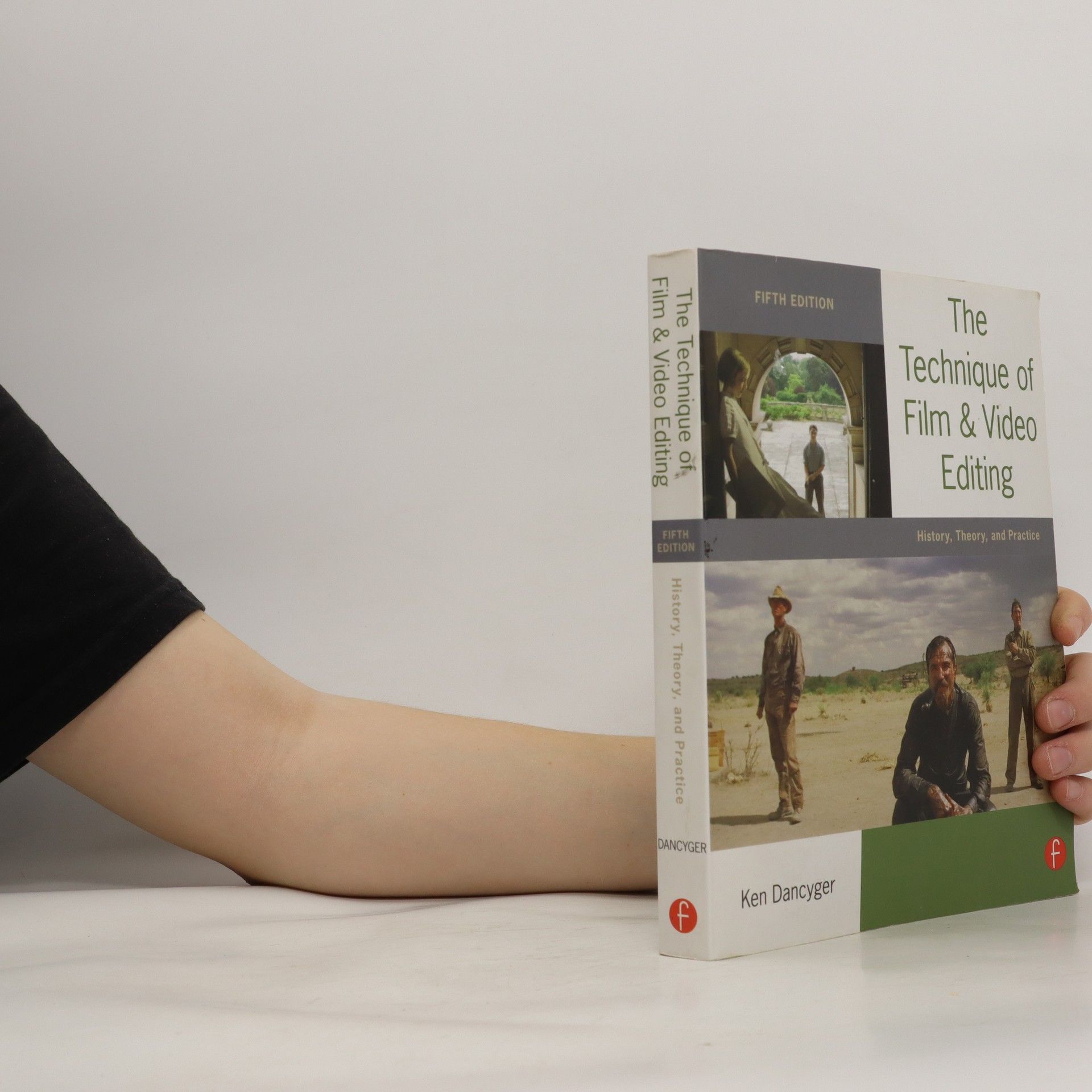Focusing on the essential tools for crafting compelling stories, this guide explores the nuances of writing for radio and television. It delves into the unique challenges faced in both documentary and dramatic formats, offering practical examples across various writing genres. The book serves as a comprehensive resource for aspiring writers looking to enhance their skills in broadcast media.
Ken Dancyger Book order
Ken Dancyger is an accomplished author and educator whose works delve into the theoretical and practical aspects of screenwriting, directing, and film editing. His influential books are considered foundational texts in film programs globally, offering profound insights rather than simple how-to guides. Dancyger actively shares his expertise through international workshops and script consulting, enriching the global filmmaking community with his extensive experience.






- 2023
- 2011
The Technique of Film and Video Editing : Hstory, Theory, and Practice
- 459 pages
- 17 hours of reading
The Technique of Film and Video Editing provides a detailed, precise look at the artistic and aesthetic principles and practices of editing for both picture and sound. Because editing is about more than learning a specific software program, this book focuses on the fundamentals of editing as art. Analysis of photographs from dozens of classic and contemporary films and videos provide a sound basis for the professional filmmaker and student editor. This book puts into context the storytelling choices an editor will have to make against a background of theory, history, and practice. This edition includes brand new chapters covering the goals of editing, including editing for narrative clarity, subtext, aesthetics, and dramatic emphasis, all showing how to evoke specific audience responses
- 2005
Writing the Short Film
- 312 pages
- 11 hours of reading
The short film is a unique narrative art form that, while lending itself to experimentation, requires tremendous discipline in following traditional filmic considerations. This book takes the student and novice screenwriter through the storytelling process- from conception, to visualization, to dramatization, to characterization and dialogue- and teaches them how to create a dramatic narrative that is at once short (approximately half an hour in length) and complete. Exercises, new examples of short screenplays, and an examination of various genres round out the discussion.NEW TO THE THIRD new screenplays, a chapter on rewriting your script, and a chapter on the future of short films
- 2002
The Technique of Film & Video Editing is the best training for aspiring directors, providing a detailed, precise look at the artistic and aesthetic principles and practices of editing for both picture and sound. Analysis of photographs from dozens of classic and contemporary films and videos provide a sound basis for the professional filmmaker and student editor. Practical skills are grounded by an exposition of the ideas and styles of editing through which the director can understand the visual tools at his or her disposal. This book puts into context the storytelling choices an editor will have to make against a background of theory, history, and practice.The current edition brought this book to the cutting edge with such topics as new technology and its influence on the art of editing, MTV style, psychoanalytic ideas, and the appropriation of style over content. The new edition furthers these discussions by highlighting the "stylistic extremes" brought about by the clash of imitative style and innovative filmmaking. It continues the examination of MTV style via a study of the full spectrum of its uses in recent years. Additionally, it examines the editing characteristics of nonlinear storytelling as evidenced in such recent films as The Ice Storm and Thin Red Line. A new chapter addresses new trends in documentary.
- 1995
In a field where novelty often equals commercial success, scriptwriters often strive to create screenplays that are innovative and exceptional. Going beyond the conventional three-act structure and exploring more inventive approaches, Alternative Scriptwriting, second edition, challenges readers to take creative risks with genre, tone, character and structure. Examples and case studies demonstrate what works, what doesn't and why, and exercises encourage writers to explore new ways of viewing their work and test the limits of their skills. Ken Dancyger has taught screenwriting for twenty years and is head of undergraduate studies for the Department of Film and Television at New York University. He has written numerous dramas and documentaries for radio and television. Jeff Rush is a professor in the Department of Radio, TV and Film at Temple University. He has written numerous screenplays.
- 1993
The Technique of Film and Video Editing
- 384 pages
- 14 hours of reading
Provides the theory, history and thought processes behind film and video editing through in-depth analyzes of many films, both old and new. The book advises on how careful editing for pacing, clarity, continuity and sound affect the viewer's perceptions and the ultimate success of the sequence.